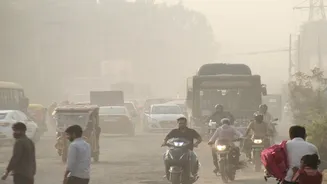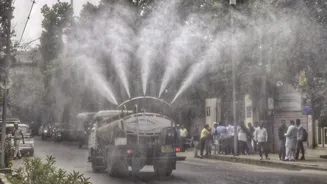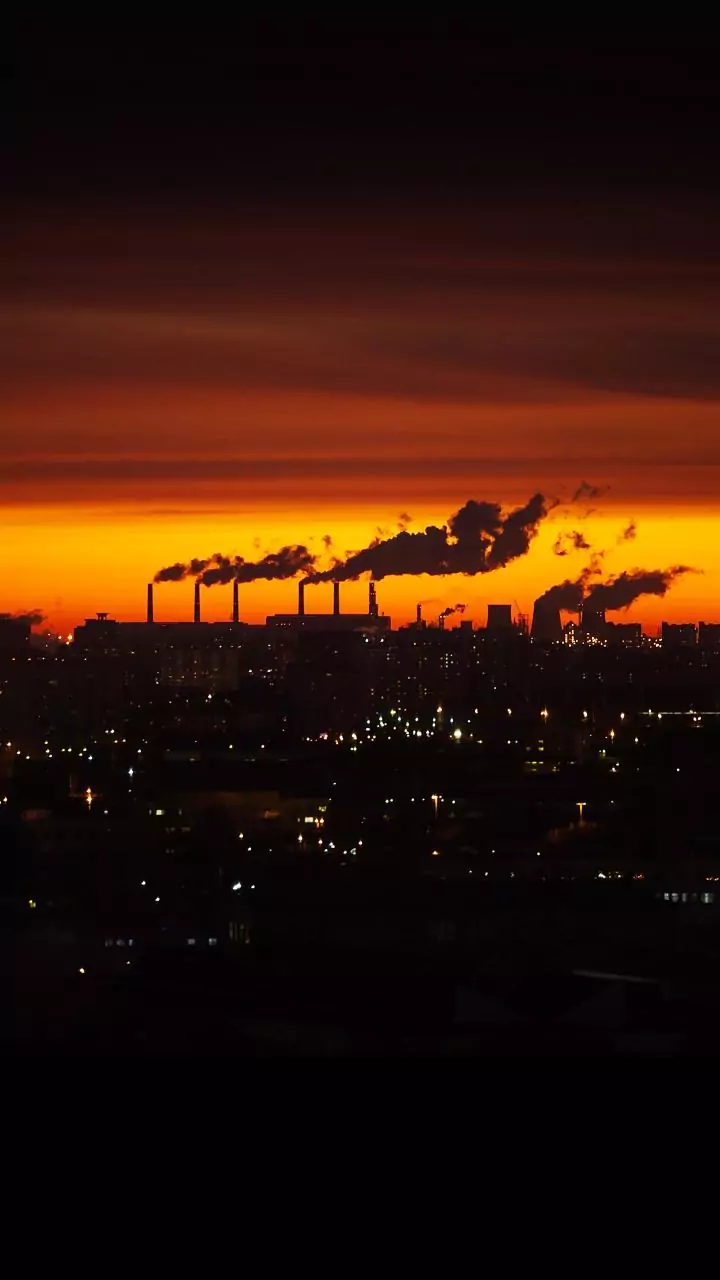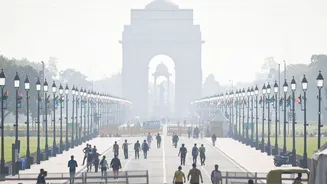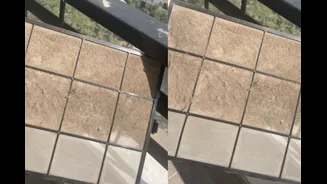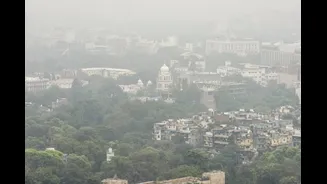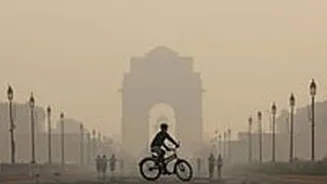What is the story about?
Delhi woke up to marginally cleaner air on Wednesday after days of choking smog, though pollution levels remained in the ‘poor’ category. The city’s Air Quality Index (AQI) stood at 281 at 7 am, according to data from the Central Pollution Control Board (CPCB). It went down from 309 on Tuesday and 316 on Monday, when the air was in the ‘very poor’ range.
While this represents a modest recovery, overall conditions remain hazardous, particularly for children, the elderly, and individuals with respiratory ailments.
Air quality varied widely across the capital. Lodhi Road recorded an AQI of 145, placing it in the ‘moderate’ bracket, while ITO (276), Anand Vihar (280), and Punjabi Bagh (224) remained ‘poor.’ Dwarka reported relatively cleaner air at 188 (‘moderate’).
In the adjoining National Capital Region (NCR), pollution levels also fluctuated. Noida’s Sector 1 reported an AQI of 227 (‘poor’), while Sector 62 registered 172 (‘moderate’). In Gurugram, readings at Vikas Sadan reached 300 (‘very poor’), and Sector 51 showed 263 (‘poor’).
The CPCB classifies AQI levels as -
0-50: Good
51-100: Satisfactory
101-200: Moderate
201-300: Poor
301-400: Very Poor
401-500: Severe
The India Meteorological Department (IMD) forecast clear skies with light morning haze, though stagnant winds could prevent significant dispersion of pollutants.
Flight operations were briefly disrupted on Tuesday evening as easterly winds forced the diversion of eight flights to Jaipur between 6 pm and 8 pm, according to airport officials. The situation has since stabilised.
Delhi’s pollution levels have consistently remained between ‘poor’ and ‘very poor’ since Diwali, with experts attributing the persistent smog to firecracker residue, vehicular emissions, dust, and stagnant weather conditions that trap pollutants close to the surface.
Authorities have continued dust control operations, including the use of truck-mounted sprinklers and anti-smog guns, under Stage 2 of the Graded Response Action Plan (GRAP).
#WATCH | Delhi | The Air Quality Index (AQI) around ITO recorded at 281 in the 'poor' category as per the Central Pollution Control Board (CPCB). pic.twitter.com/x7IEYLoSSU
— ANI (@ANI) November 5, 2025
While this represents a modest recovery, overall conditions remain hazardous, particularly for children, the elderly, and individuals with respiratory ailments.
Air quality varied widely across the capital. Lodhi Road recorded an AQI of 145, placing it in the ‘moderate’ bracket, while ITO (276), Anand Vihar (280), and Punjabi Bagh (224) remained ‘poor.’ Dwarka reported relatively cleaner air at 188 (‘moderate’).
In the adjoining National Capital Region (NCR), pollution levels also fluctuated. Noida’s Sector 1 reported an AQI of 227 (‘poor’), while Sector 62 registered 172 (‘moderate’). In Gurugram, readings at Vikas Sadan reached 300 (‘very poor’), and Sector 51 showed 263 (‘poor’).
The CPCB classifies AQI levels as -
0-50: Good
51-100: Satisfactory
101-200: Moderate
201-300: Poor
301-400: Very Poor
401-500: Severe
The India Meteorological Department (IMD) forecast clear skies with light morning haze, though stagnant winds could prevent significant dispersion of pollutants.
Flight operations were briefly disrupted on Tuesday evening as easterly winds forced the diversion of eight flights to Jaipur between 6 pm and 8 pm, according to airport officials. The situation has since stabilised.
Delhi’s pollution levels have consistently remained between ‘poor’ and ‘very poor’ since Diwali, with experts attributing the persistent smog to firecracker residue, vehicular emissions, dust, and stagnant weather conditions that trap pollutants close to the surface.
Authorities have continued dust control operations, including the use of truck-mounted sprinklers and anti-smog guns, under Stage 2 of the Graded Response Action Plan (GRAP).
Do you find this article useful?
